Dog lovers know that every pooch has its unique personality. But sometimes, even the sweetest dogs can develop some less-than-desirable habits. From excessive barking to chewing on shoes, these behaviors can be frustrating. Luckily, there are gentle tricks to mend a dog’s bad behavior without causing stress or harm. With patience, consistency, and positive reinforcement, you can help your pup learn better habits while strengthening your bond. After all, every dog wants to please their owner—they just need the right guidance! Let’s explore how to transform your furry friend into a well-behaved companion.
Understanding the Root Cause
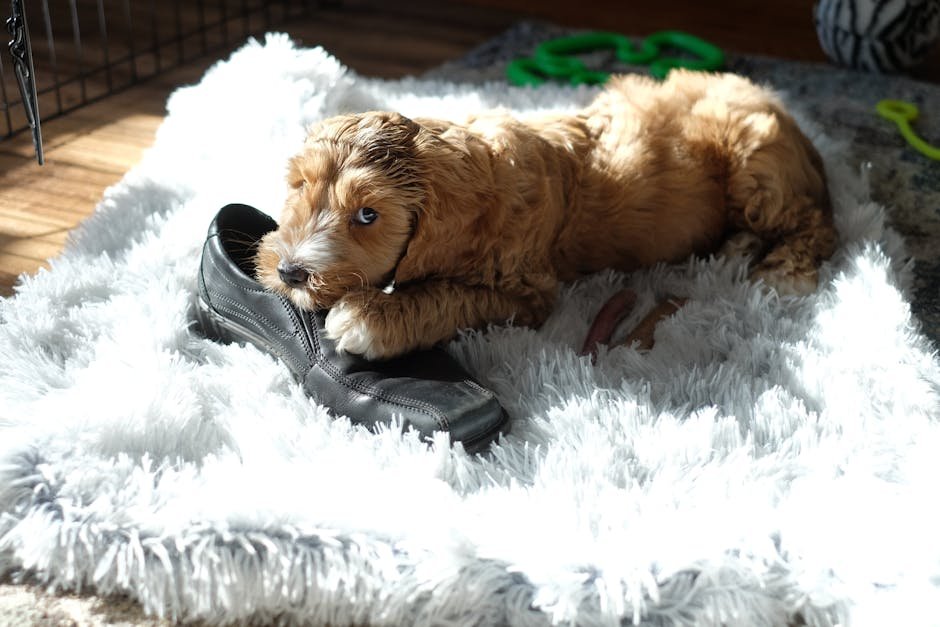
Before you can address a dog’s behavior, it’s crucial to understand why it’s happening. Dogs might act out due to boredom, anxiety, or even health issues. Observing your pet’s environment and routine can provide insights. For instance, a dog left alone for long periods might bark excessively due to loneliness. By identifying the root cause, you can tailor your approach to effectively address the behavior. Remember, a little empathy goes a long way.
Consistent Training Sessions

Consistency is key when training your dog. Set aside time each day for training sessions, ensuring they are short and engaging. Dogs thrive on routine, so try to train at the same time each day. Consistent commands and rewards help your dog understand what is expected of them. Patience is vital; it might take time, but with regular effort, you’ll see progress. Think of it like teaching a child to ride a bike – persistence pays off.
Use Positive Reinforcement
Positive reinforcement is a powerful tool in dog training. Rewarding good behavior with treats, praise, or playtime encourages your dog to repeat those actions. It’s important to reward immediately so your dog can associate the behavior with the reward. For example, if your dog sits on command, give them a treat right away. This method builds trust and strengthens your bond with your furry friend.
Redirect Unwanted Behavior
Sometimes, it’s about redirecting rather than stopping a behavior. If your dog is chewing on furniture, redirect them to a chew toy. This teaches them what is acceptable without punishment. The key is to have alternatives readily available. Over time, your dog will learn to choose the toy over the furniture. It’s similar to guiding a child away from the cookie jar towards a fruit bowl – offering better choices leads to better behavior.
Implement Routine and Structure

Dogs are creatures of habit and thrive on routine. Establishing a daily schedule for feeding, walks, and playtime provides structure. This predictability helps reduce anxiety and unwanted behaviors. For example, if your dog knows they’ll get a walk after breakfast, they are less likely to become restless. A structured day is like a roadmap for your dog, guiding them to good behavior.
Provide Adequate Exercise
A tired dog is a well-behaved dog. Exercise is essential for a dog’s physical and mental health. Regular walks, playtime, and even agility courses can burn off excess energy. Without adequate exercise, dogs may become bored and engage in destructive behaviors. Think of exercise as a natural outlet for a dog’s energy, much like a runner needs their daily jog.
Socialize Your Dog
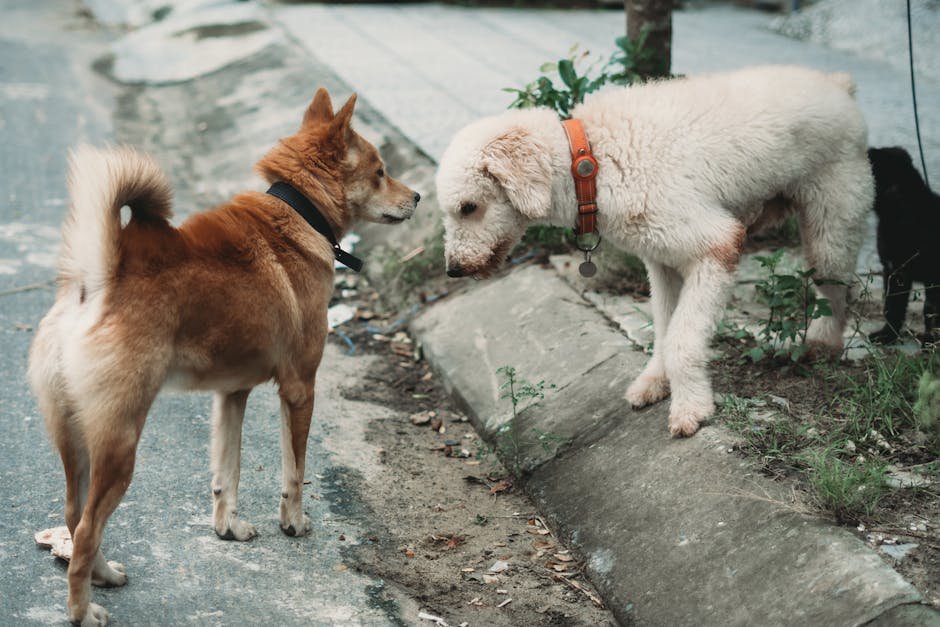
Socialization is crucial for a well-rounded dog. Introducing your dog to new environments, people, and other animals can reduce fear and aggression. Start slowly, allowing your dog to adjust at their own pace. Socialization not only curtails bad behaviors but also enriches your dog’s life. It’s like broadening a child’s horizons by exposing them to diverse experiences.
Use Gentle Commands

Harsh commands can scare or confuse a dog. Instead, use gentle, clear, and consistent commands. Your tone of voice should be firm yet calm. This approach fosters respect and understanding. Remember, dogs respond better to kindness than to harshness. It’s akin to a teacher using encouragement rather than reprimand to guide a student.
Provide Mental Stimulation
Mental stimulation is as important as physical exercise. Puzzle toys, training games, and interactive play can keep your dog’s mind sharp. Boredom can lead to mischief, so keeping your dog mentally engaged can prevent unwanted behaviors. Imagine it as providing a child with educational games to keep them entertained and learning simultaneously.
Positive Association with Alone Time
Dogs can experience separation anxiety, leading to destructive behaviors. Creating a positive association with alone time can help. Use toys or treats that are only available when you’re away. This teaches your dog that being alone isn’t a bad thing. Over time, your dog will feel more comfortable being by themselves, reducing anxiety-driven actions.
Be Patient and Compassionate
Patience and compassion are vital in addressing bad behavior. Understand that change doesn’t happen overnight. Celebrating small victories encourages both you and your dog. Remember, your dog is trying to please you; they just need guidance. Approach training with love and understanding, much like you would with a friend learning something new.
Establish Boundaries
Clear boundaries help your dog understand limits. Whether it’s not jumping on guests or staying off the couch, consistency is crucial. Reinforce boundaries with positive reinforcement when they are respected. This clarity helps your dog feel secure and less anxious. Think of boundaries as the rules of a game, guiding your dog to play well.
Consult a Professional Trainer
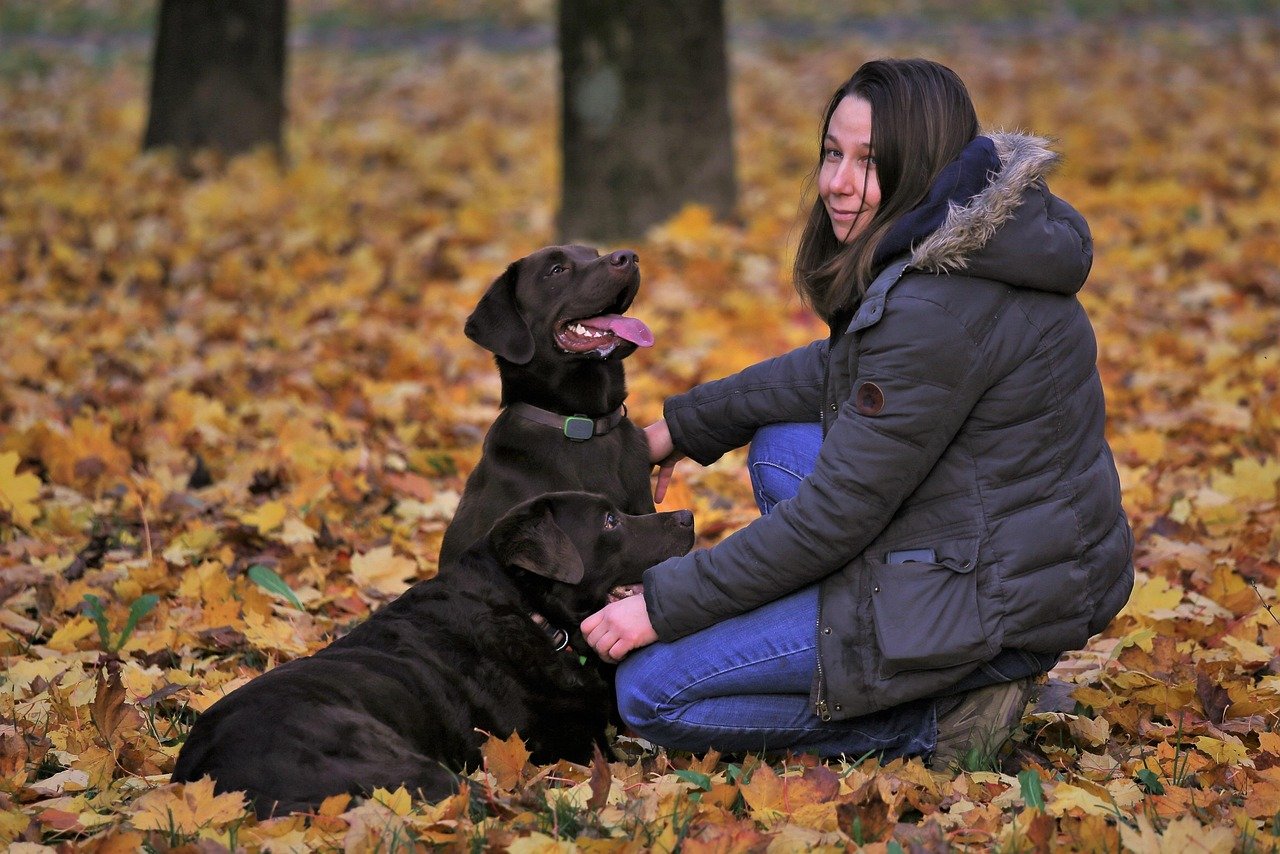
Sometimes, professional help is necessary. If your dog’s behavior doesn’t improve, consider consulting a professional trainer. They can provide personalized strategies tailored to your dog’s needs. A professional’s insights can be invaluable, offering solutions you might not have considered. It’s like seeking a tutor for a challenging subject – expert guidance can make all the difference.
Monitor Your Dog’s Health
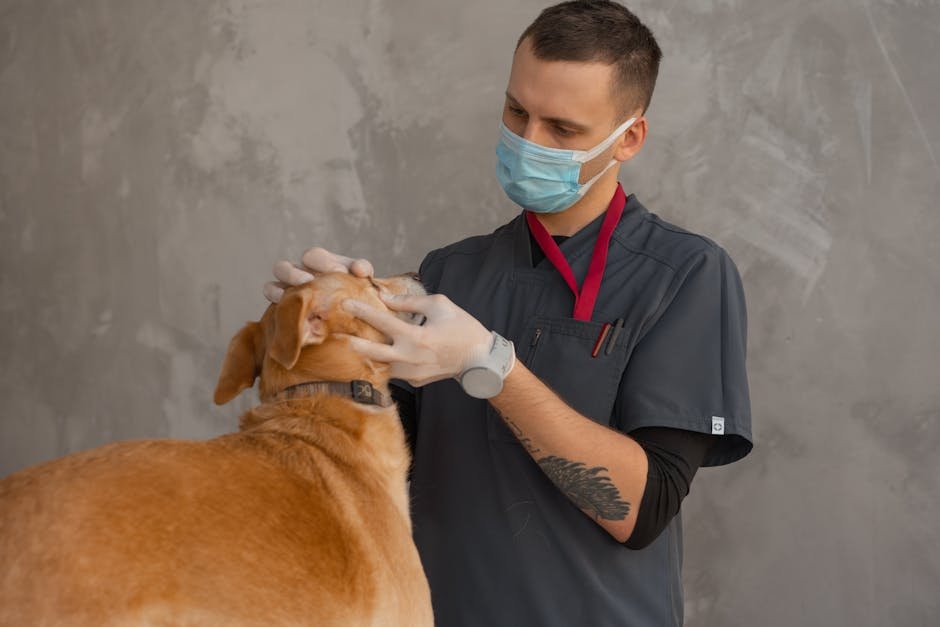
Health issues can contribute to bad behavior. Regular vet check-ups ensure that your dog isn’t acting out due to pain or discomfort. Health problems like dental issues or arthritis can manifest as behavioral changes. Addressing these underlying health concerns can significantly improve behavior. Always keep an eye on your dog’s physical well-being as part of your training regime.
Celebrate Progress
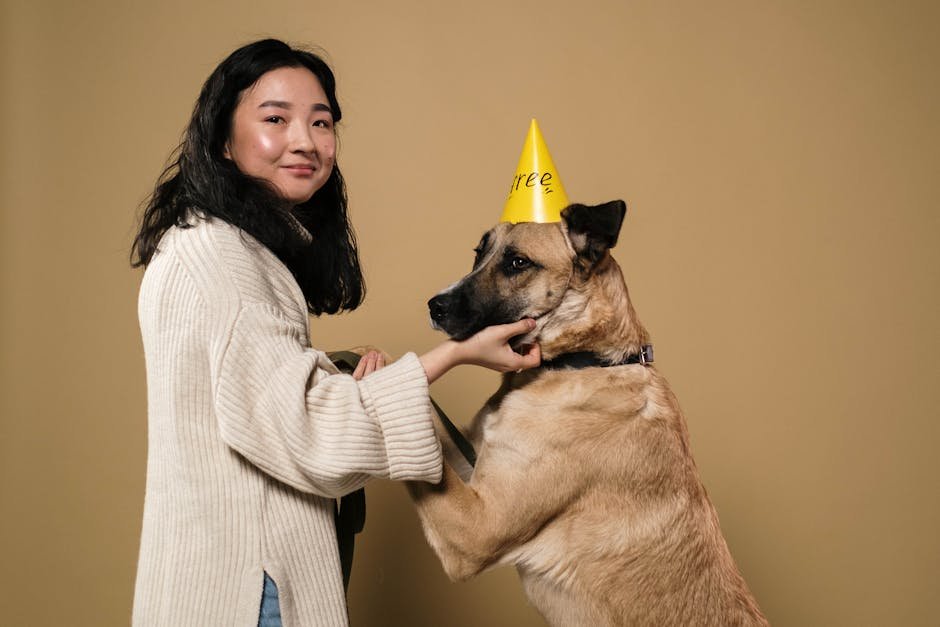
Finally, remember to celebrate the progress you and your dog make. Every small step forward is worth acknowledging. This positive reinforcement keeps training enjoyable for both you and your dog. By celebrating successes, you reinforce good behavior and strengthen your bond. It’s like cheering for a child at their recital – encouragement fosters confidence and joy.
Mending a dog’s bad behavior takes time, patience, and love. By using these gentle tricks, you’ll not only improve your dog’s behavior but also deepen the bond you share. Consistency is key, and with the right approach, even the most stubborn habits can be replaced with positive ones. Remember, a well-trained dog isn’t just happier—they’re also more confident, secure, and a joy to have as a companion!

Linnea is a born and bred Swede but spends as much time as possible in Cape Town, South Africa. This is mainly due to Cape Town’s extraordinary scenery, wildlife, and atmosphere (in other words, because Cape Town is heaven on earth.) That being said, Sweden’s majestic forests forever hold a special place in her heart. Linnea spends as much time as she can close to the ocean collecting sea shells or in the park admiring puppies.





